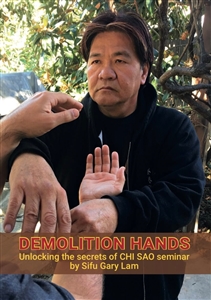Wing Chun Kung-Fu (a.k.a Ving Tsun, Wing Tsun, etc) is considered the world's most technically advanced and devastating form of hand-to-hand combat. It is the original mixed-martial art of ancient China. Called the "sawed-off shotgun" of the martial arts world, it can be learned very quickly and is designed specifically to defeat other martial arts as well as stronger, bigger, and faster opponents. Here you will find the largest selection of Wing Chun products in the world. Click to learn more, or start shopping by clicking a link above.
Wing Chun is a Chinese style of Kung-Fu that was made famous by students of Grandmaster Yip Man (Ip Man), such as Bruce Lee, William Cheung, and Wong Shun Leung. The art came to prominence due to Ip Man's students winning a large number of challenge matches (beimo) against kung-fu masters and Muay-Thai fighters in the 1950's and 60's. Ip Man stated that if one of his students lost a fight after learning the second Wing Chun form, he would jump off the roof of a building. Since then Wing Chun has become one of the most practiced Martial Arts in the world. It focuses on simple, direct, efficient, and simultaneous attacks and defenses.
You will notice that
Wing Chun varies greatly from person to person (or from lineage to lineage), even though many people all trained under Ip Man. This is due to the way Ip Man taught at different stages of his life, the understanding of the student, and the personal interpretations and changes by the student over time. Wing Chun is a kung-fu style based on theory rather than technique, and thus very customizable to the individual practitioner. There are also some Non-Yip Man lineages of Wing Chun that are very good.
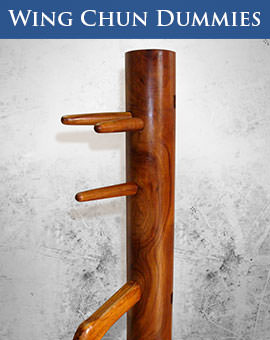
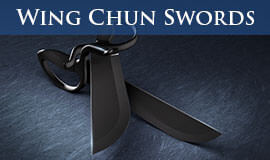
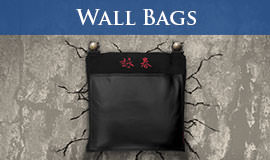
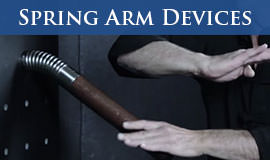
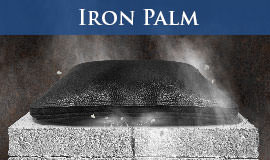
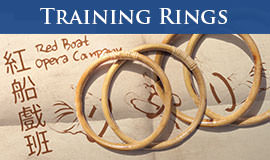



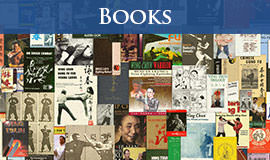




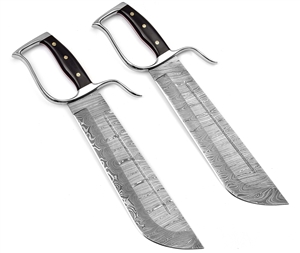
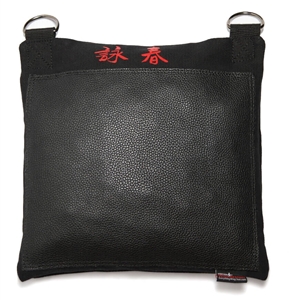
![[DROP SHIP from AUSTRALIA] Chu Shong Tin - Book of Wing Chun Vol 1 (Revised Edition) - Form Sets - Siu Nim Tau, Chum Kiu, Biu Jee [DROP SHIP from AUSTRALIA] Chu Shong Tin - Book of Wing Chun Vol 1 (Revised Edition) - Form Sets - Siu Nim Tau, Chum Kiu, Biu Jee](http://cdn4.volusion.store/ckv9e-ymqc3/v/vspfiles/photos/BOOK-CST01p-1.jpg?v-cache=1501161404)



